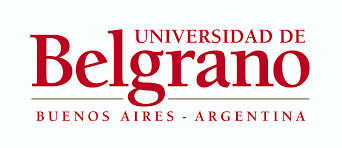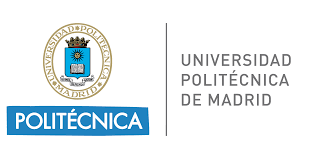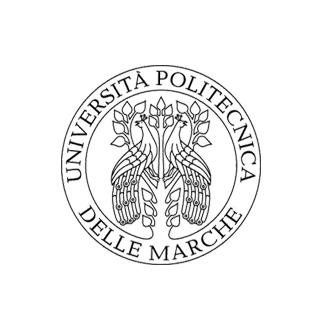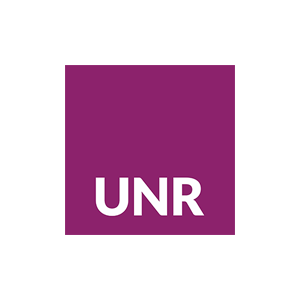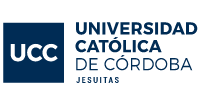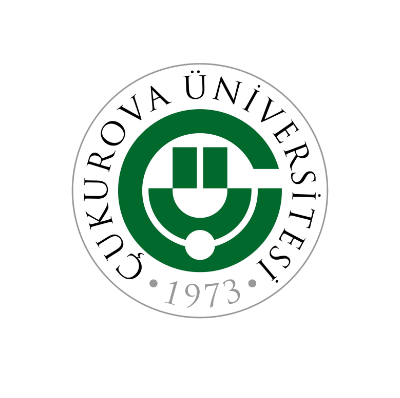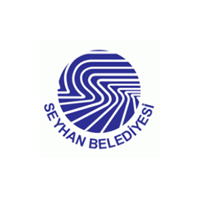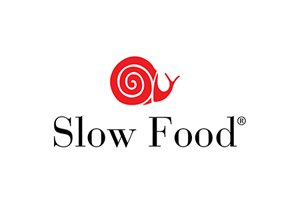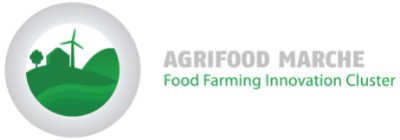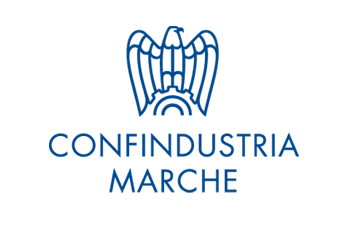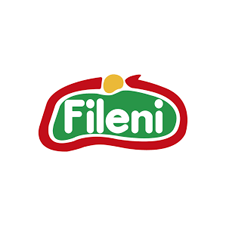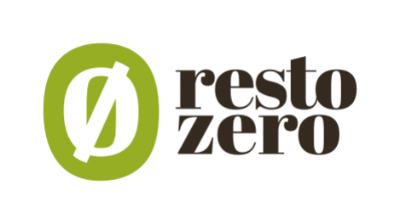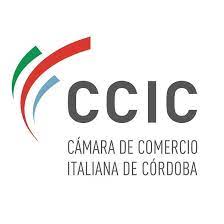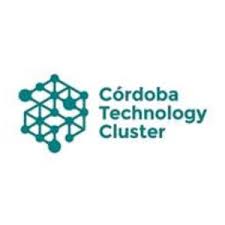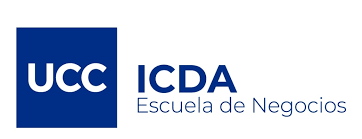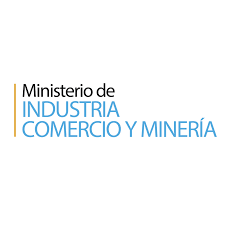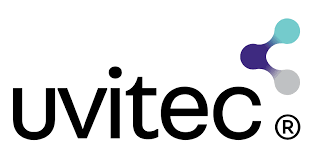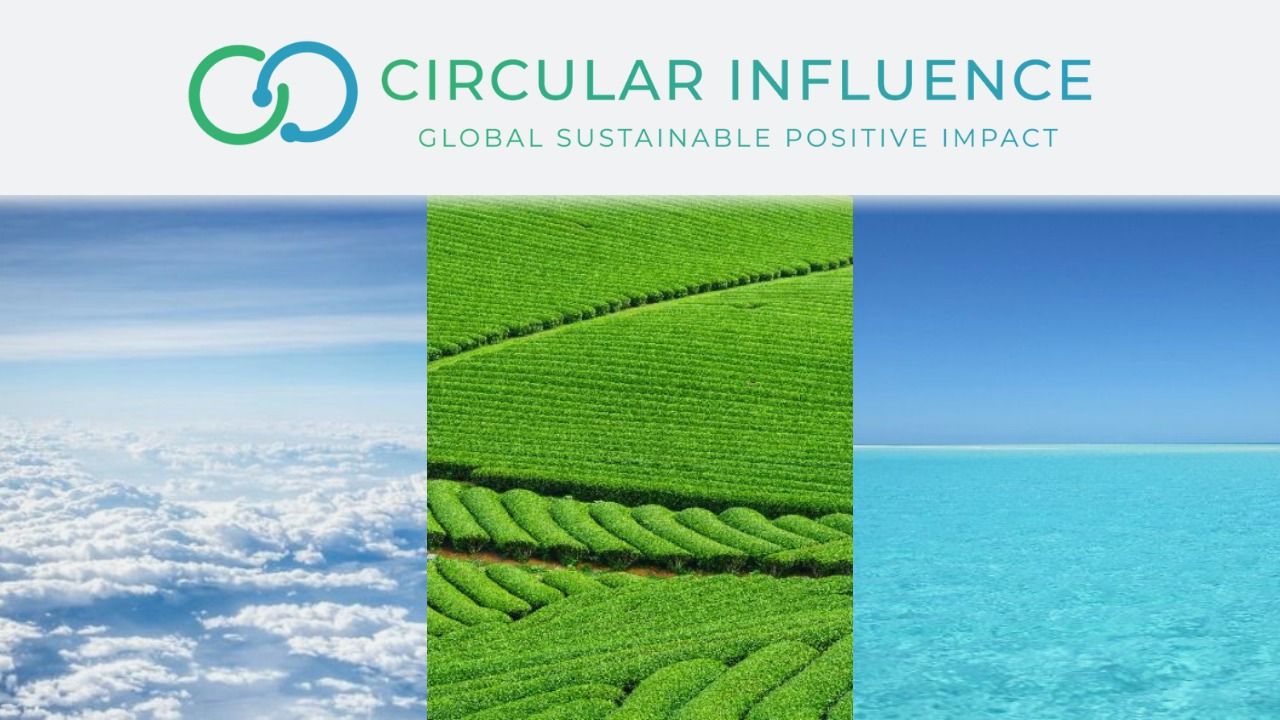

Click here to APPLY NOW
If you experience any problems with the submission of your application, please send an email with a word document with your responses and all necessary files to:
info@circularinfluence.org
Please note that if we receive your application we will send you a confirmation email. Good luck in the programme!
Agenda
- Start of the programme: 2023
- Registration deadline: Registrations will open soon
- Duration of each phase
Phase 1 (TRL 4-6) 3 Months Phase 2 6 Months Phase 3 9 - 12 Months
WHAT IS CLIMATE ACCELERATOR?
Climate Accelerator provides you with the professional resources, knowledge and network you need to successfully kickstart and scale your solution.
who we are
Circular Influence is a knowledge and innovation community platform that works to accelerate the transition to a carbon-free circular economy, based on systemic thinking and actions and applying the stages of Design Thinking with our programs in order to achieve a positive and sustainable global impact, creating synergies between Latin America and Europe.
We bring together partners from the private sector, the academic field, public administrations, program owners, researchers, non-profit sectors, the civil society to create a network of experts that is capable of developing innovative products, services and systems to bring them to the market and scale their impact on society.
We identify and help to develop innovative ideas that are capable to mitigate global warming and fight climate change.
HOW DOES THE CLIMATE ACCELERATOR WORK?
Once you are selected to joinClimate Accelerator, the programme will be divided in 3 phases:
- Phase 1:3 months of expert business coaching. It starts with a workshop, followed by bi-weekly calls with experts. It ends with a Graduation Day, where the start-ups pitch their idea. Graduation Day is also the stage-gate to Phase 2 in the Accelerator.
- Phase 2: Build programme duration is 6 months depending on individual startups’ development, acceleration, constraints and opportunities. This phase supports their validation of customer needs and verification of business assumptions while identifying criteria for market entry.
- Phase 3: Move from early adopters to early majority market, start exploring follow up markets.
Significant sales or financing deals. Expand the team. It starts with a workshop to set a tailored project plan for each team. It comprises goals and support actions, in order to develop the start-up’s activities in the next 9-12 months.
WHAT KIND OF IDEAS IS CLIMATE ACCELERATOR LOOKING FOR?
Your idea can be an innovation in renewable energy, a sustainable transition in the food chain, a mind shift in urban mobility or any other way to tackle climate change. As long as it’s in the cleantech domain: “a scientific innovation that uses existing technology to do more with fewer resources, and has a commercial driver.”
FUNDING
Selected startups will receive EUR 5 000/10 000 as funding to cover their costs for participating inPhase 1. This amount can increase in the following phases and gain access to investment opportunities.
What is trl?
Technology Readiness Level (TRL) has a scale from 1-9 to identify the commercial readiness of the technology.
| TRL | Description | Example | |
| 1 | Basic principles observed and reported | Lowest level of technology readiness. Scientific research begins to be translated into applied research and development. Examples might include paper studies of a technology’s basic properties. | |
| 2 | Technology concept and/or application formulated. | Invention begins. Once basic principles are observed, practical applications can be invented. Applications are speculative and there may be no proof or detailed analysis to support the assumptions. Examples are limited to analytic studies. | |
| 3 | Analytical and experimental critical function and/or characteristic proof of concept. | Active research and development is initiated. This includes analytical studies and laboratory studies to physically validate analytical predictions of separate elements of the technology. Examples include components that are not yet integrated or representative. | |
| 4 | Component and/or breadboard validation in laboratory environment. | Basic technological components are integrated to establish that they will work together. This is relatively “low fidelity” compared to the eventual system. Examples include the integration of “ad hoc” hardware in the laboratory. | |
| 5 | Component and/or breadboard validation in relevant environment. | The Fidelity of breadboard technology increases significantly. The basic technological components are integrated with reasonably realistic supporting elements so it can be tested in a simulated environment. | |
| 6 | System/subsystem model or prototype demonstration in a relevant environment. | A representative model or prototype system, which is well beyond that of TRL 5, is tested in a relevant environment. Represents a major step up in a technology’s demonstrated readiness. | |
| 7 | System prototype demonstration in an operational environment. | Prototype near, or at, planned operational system. Represents a major step up from TRL 6, requiring the demonstration of an actual system prototype in an operational environment such as an aircraft, vehicle, or space. | |
| 8 | Actual system completed and qualified through test and demonstration. | Technology has been proven to work in its final form and under expected conditions. In almost all cases, this TRL represents the end of true system development. Examples include developmental test and evaluations of the system in its intended weapon system to determine if it meets design specifications. | |
| 9 | Actual system has proven through successful mission operations. | The actual application of the technology in its final form and under mission conditions, such as those encountered in operational test and evaluation. Examples include using the system under operational mission conditions. |










